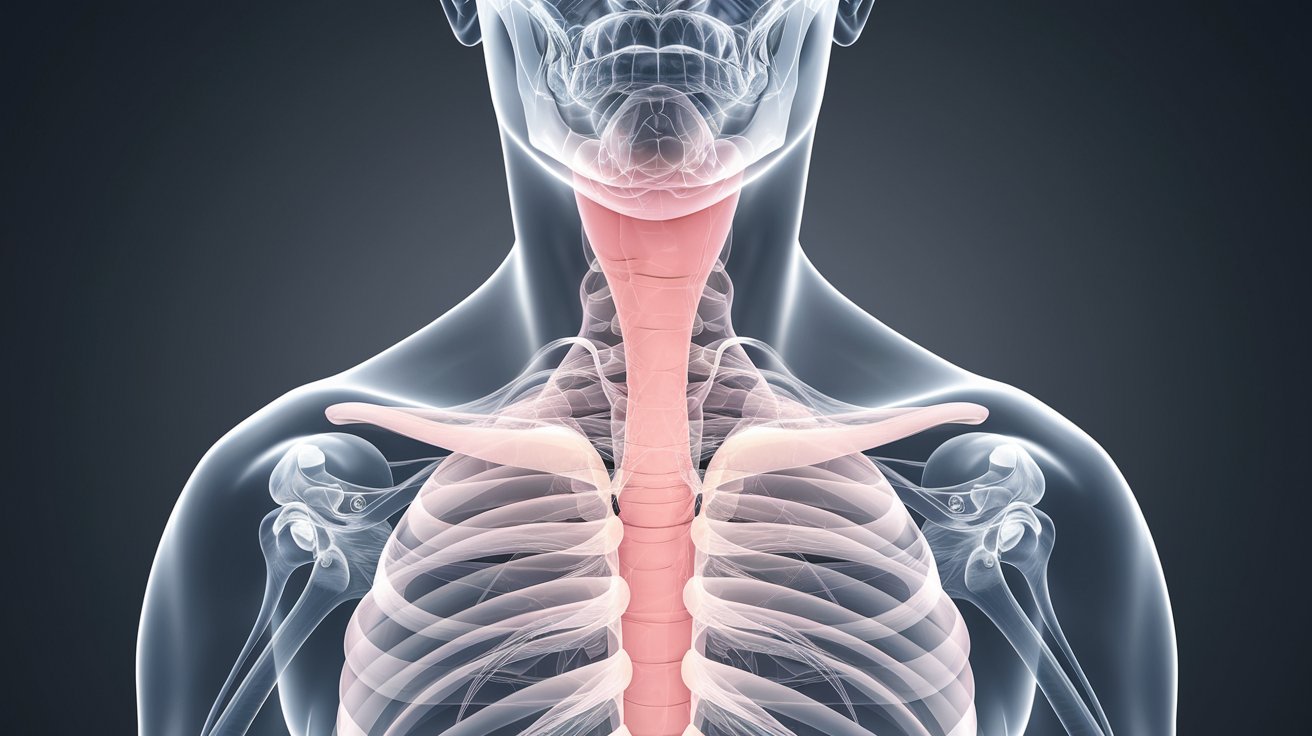
Hypertrophic Branchial Myopathy sounds like a mouthful, right? But what exactly is it? Hypertrophic Branchial Myopathy is a rare muscle disorder that affects the branchial muscles, which are involved in facial and neck movements. This condition causes these muscles to become abnormally large or hypertrophic. Imagine trying to smile or turn your head, but your muscles just won't cooperate. That's what people with this condition experience daily. Understanding Hypertrophic Branchial Myopathy can help us appreciate the challenges faced by those living with it. Ready to dive into some intriguing facts about this unique condition? Let's get started!
Key Takeaways:
- Hypertrophic Branchial Myopathy is a rare genetic disorder causing muscle enlargement in the face and neck. Early diagnosis and symptom management are crucial for improving quality of life.
- Treatment options for Hypertrophic Branchial Myopathy include physical and speech therapy, medications, and respiratory support. Joining support groups and regular check-ups are essential for coping with the condition.
What is Hypertrophic Branchial Myopathy?
Hypertrophic Branchial Myopathy (HBM) is a rare genetic disorder affecting muscle tissue. It primarily impacts the branchial muscles, which are involved in facial and neck movements. Understanding this condition can help in managing symptoms and improving quality of life.
-
Genetic Basis: HBM is caused by mutations in specific genes responsible for muscle development and function.
-
Rare Condition: It is extremely rare, with only a few documented cases worldwide.
-
Muscle Hypertrophy: The hallmark of HBM is the abnormal enlargement (hypertrophy) of branchial muscles.
-
Facial Weakness: Individuals often experience weakness in facial muscles, leading to difficulties in expressions.
-
Neck Muscle Involvement: Neck muscles can also be affected, causing limited movement and stiffness.
Symptoms of Hypertrophic Branchial Myopathy
Recognizing the symptoms of HBM is crucial for early diagnosis and treatment. Symptoms can vary but often include the following:
-
Difficulty Swallowing: Many patients report trouble swallowing due to muscle weakness.
-
Speech Problems: Speech may be slurred or difficult to understand because of affected facial muscles.
-
Breathing Issues: In severe cases, breathing can be compromised due to muscle involvement.
-
Muscle Stiffness: Stiffness and rigidity in the neck and face are common symptoms.
-
Fatigue: Chronic fatigue is often reported, likely due to the extra effort required for basic movements.
Diagnosis of Hypertrophic Branchial Myopathy
Diagnosing HBM involves a combination of clinical evaluation, genetic testing, and imaging studies. Here are some key points about the diagnostic process:
-
Clinical Examination: Doctors look for characteristic signs like muscle hypertrophy and weakness.
-
Genetic Testing: Identifying specific gene mutations confirms the diagnosis.
-
MRI Scans: MRI scans can show detailed images of muscle tissue, revealing hypertrophy.
-
EMG Tests: Electromyography (EMG) tests measure electrical activity in muscles, helping to assess their function.
-
Family History: A detailed family history can provide clues, as HBM is often inherited.
Treatment Options for Hypertrophic Branchial Myopathy
While there is no cure for HBM, various treatments can help manage symptoms and improve quality of life. Here are some common approaches:
-
Physical Therapy: Regular physical therapy can help maintain muscle function and flexibility.
-
Speech Therapy: Speech therapy can assist with communication difficulties.
-
Medications: Certain medications may help manage symptoms like muscle stiffness and pain.
-
Breathing Support: In severe cases, respiratory support may be necessary.
-
Nutritional Support: A dietitian can help manage swallowing difficulties and ensure proper nutrition.
Living with Hypertrophic Branchial Myopathy
Living with HBM requires ongoing management and support. Here are some tips for coping with the condition:
-
Support Groups: Joining support groups can provide emotional support and practical advice.
-
Regular Check-ups: Regular medical check-ups are essential to monitor the condition and adjust treatments.
-
Adaptive Devices: Using adaptive devices can help with daily activities and improve independence.
-
Mental Health: Mental health support is crucial, as living with a chronic condition can be challenging.
-
Education and Awareness: Educating family and friends about HBM can foster understanding and support.
Final Thoughts on Hypertrophic Branchial Myopathy
Hypertrophic Branchial Myopathy, a rare condition, affects the muscles around the gills in fish, leading to significant hypertrophy. This condition, though uncommon, provides valuable insights into muscle growth and development. Understanding its causes, symptoms, and treatments can help researchers develop better strategies for managing similar conditions in other species, including humans.
The importance of early detection and intervention cannot be overstated. By recognizing the signs early, fish owners and researchers can take steps to mitigate the effects and improve the quality of life for affected fish. Continued research and collaboration among scientists will be crucial in uncovering more about this condition and finding effective treatments.
In the end, knowledge about Hypertrophic Branchial Myopathy not only benefits fish but also contributes to broader scientific understanding, potentially leading to breakthroughs in muscle-related diseases across various species.
Frequently Asked Questions
Was this page helpful?
Our commitment to delivering trustworthy and engaging content is at the heart of what we do. Each fact on our site is contributed by real users like you, bringing a wealth of diverse insights and information. To ensure the highest standards of accuracy and reliability, our dedicated editors meticulously review each submission. This process guarantees that the facts we share are not only fascinating but also credible. Trust in our commitment to quality and authenticity as you explore and learn with us.
